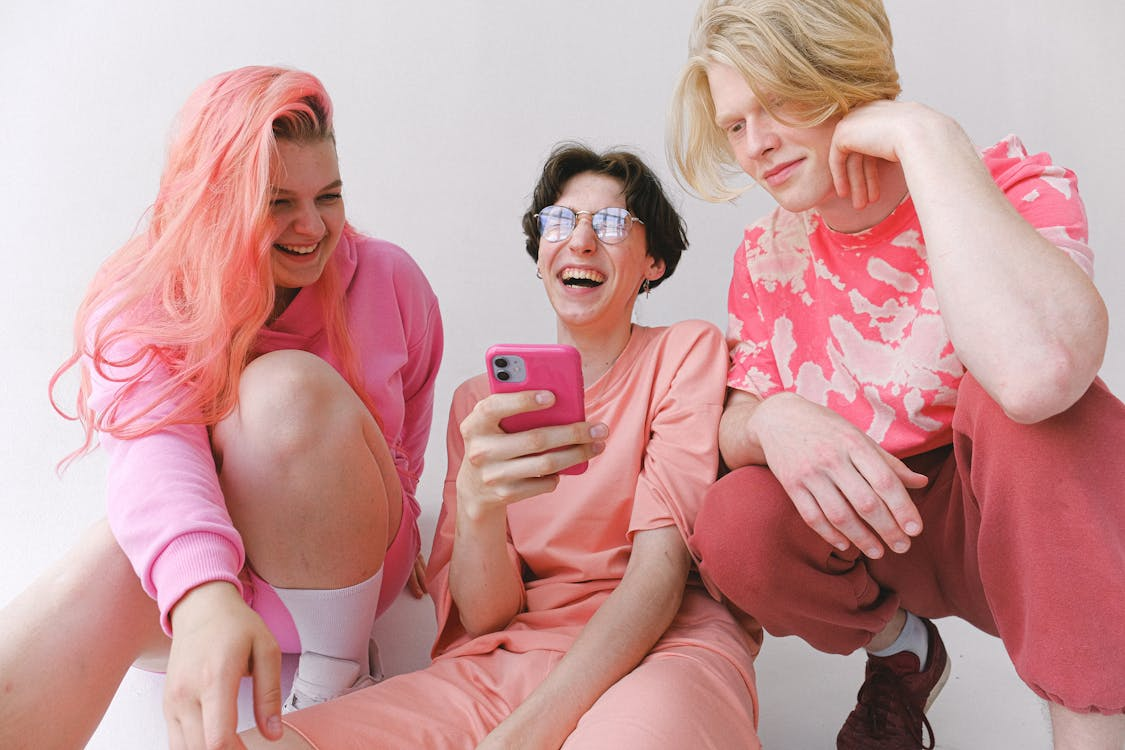
It’s not a surprise that various Young Adult novels have taken over pop culture, such as The Hunger Games, Divergent, Harry Potter, and more. But what most people don’t realize is the complete lack of representation that these novels, and many others, contain. Here are 5 ways Young Adult literature could be more diverse.
#1 – More Characters that are People of Color
Time and time again, we see people of color not represented equally in film and television, but not many people know that it’s just as big of an issue in literature. I can’t tell you how many books I’ve read where the main character is white. Literally all of them. And the very rare ones who do have people of color as the protagonist aren’t mainstream or well known at all. All of the hot YA reads feature your typical privileged white kid who faces typical privileged white kid problems. Authors, it’s hard for your racial readers to relate to your novels if your characters are always white. By adding some diversity in the race and nationality of your protagonists, it will not only contribute positively towards a more equal and represented society, but more people will fall in love with your books!
#2 – LGBT+ Representation and Love Interests
Again, there are countless books in existence where the plot contains a side romance and they are always between a girl and a boy. Although there are definitely a number of novels that do have LGBT+ couples, they are never the main romance in the plot. And the very few books that do contain LGBT protagonists and/or main romances, they are labeled as “For the LGBT Readers”. If that’s the case, then you may as well have a “HETERO” disclaimer on every single mainstream book ever. Where would we be without the classic Katniss, Peeta, Gale love triangle? A trilogy where Katniss was so straight that she had to have two boys instead of the typical one. People wonder how horrible things like the Orlando shooting could be happening in America, and little things like the lack of LGBT+ love interests in literature are a part of it. Why is it always assumed that a character is straight until proven otherwise? By having just one mainstream Young Adult series that has a queer protagonist or romance, no matter how subtle, makes all the difference in the world. When people see themselves represented in their favorite novels, it can impact their lives forever.
#3 – Different Body Types
So many young adult novels in the world deal with main characters who have petite figures, or are constantly described as having “just the right amount of curve in all the right places”. It is high time that characters are presented with all different body types instead of the stereotypical “perfect” body. Many young girls already struggle with body image and low self-esteem, and constantly reading about the one same body type over and over again in their favorite novels is not going to help. Just by mentioning that a character has thick thighs or extra curves can make a reader feel that much closer to a certain novel or character. Especially if it is a particularly popular novel, this will help girls all over the world feel better about themselves and relate more deeply towards the novel at hand. All body types should be loved and appreciated because all body types are beautiful. But for this to happen, all body types actually need to be represented not only in Young Adult literature, but film and television as well.
#4 – Portraying Mental Illness More Accurately
Mental illness is becoming an increasingly common theme in Young Adult fiction, and this can be great in many ways, but it can also go awry. If not portrayed properly, this can offend and infuriate those struggling with mental illness, and also add to the already existing stigma towards these disorders. Inaccurate representation not only gives uneducated readers the wrong impression, but invalidates the struggles that the mentally ill face on a daily basis. Of course, there are plenty of well written and insightful novels about mental illness, such as It’s Kind of a Funny Story by Ned Vizzini, All the Bright Places by Jennifer Niven, Will Grayson, Will Grayson by John Green and David Levithan, Things I Shouldn’t Think (previously published as The Babysitter Murders) by Janet Ruth Young, and more. When written well, these novels can make their readers suffering from the same illness feel as if somebody else relates to them, as if they are not alone in their suffering. Books with accurately portrayed mental disorders will give struggling readers words of encouragement, a stronger sense of self, and maybe even the realization that they need help. Books like the aforementioned can truly save lives.
#5 – Just Different Plotlines
We all know what the typical YA read is about: a young girl struggles to find her identity in a chaos stricken world, while corrupting the unjust government and meeting the love of her life along the way. Sound familiar? That’s because this particular plotline has already been exhibited abundantly in Young Adult literature, most notably in series with high, mainstream coverage. Books can be a great platform to spread awareness and bring important issues to light, but many existing teen novels just revolve around the same old same old futuristic dilemma. Although this can be very intriguing and entertaining, this plot has just been exhausted. In order for YA books to move forward, we need to scope out new and interesting stories for readers to devour. Specifically awesome would be the YA authors that use their novels to exhibit the struggles and covered up injustices of today’s reality.
Books have the potential to be a great source of enjoyment, and a vital platform in spreading social awareness. When novels that are specifically targeted towards teenagers are represented well, they leave everlasting impacts on the readers. Literature is truly one of the greatest assets one can have in life, and with a bit of help, Young Adult literature can become a deeply amazing tool for young readers. As an avid reader and fan of YA novels, I have tremendous hope for the future of fiction, and so should you.




